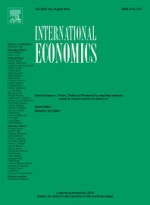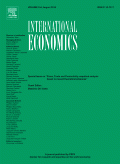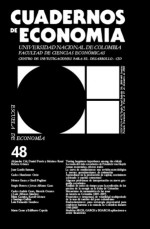Trade and infrastructure in the Belt and Road Initiative: A Gravity Analysis Based on Revealed Trade Preferences

This paper aims at investigating whether and how the intensity of trade between a pair of countries changes when they experience improvements in their infrastructural systems. We carry out our analysis considering countries participating in the Belt and Road Initiative (BRI), a project specifically designed to promote infrastructural connectivity and therefore boost trade among the countries involved. Our empirical strategy relies on a particular specification of the gravity model, in which the dependent variable consists in an index of revealed trade preferences, calculated by comparing the actual value of trade flows between two countries with their expected value, proportional to the two countries’ total trade. Such methodology allows us to estimate bilateral trade intensity without resorting to the traditional “size” variables of the gravity model, taking the entire network of multilateral trade into account. We then study the possible impact of an improvement in infrastructure on a ‘gravity-adjusted’ measure of trade preferences, given by the residuals of our first estimations. Our results indicate that bilateral preferences among BRI countries will intensify inasmuch as they succeed in coordinating their infrastructural projects.
This article belongs to the Special Issue International Trade Theory and Policy.








